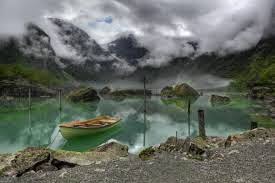This week we are studying Oman. To be precise, the Sultanate of Oman. Oman is a 1,000 mile long coastal plain at the southeast tip of the Arabian Peninsula lying on the Arabian Sea and the Gulf of Oman. It is bordered by the United Arab Emirates, Saudi Arabia, and Yemen. It is roughly the size of Kansas. The capital of Oman is Muscat.
Oman has a population of just 3,418,038, making it the 134th most populated country in the world. The nationality, referred to as Omanis, is made up of Arabs, Baluchis, South Asians (Indian, Pakistani, Sri Lankan, Bangladeshi) and Africans. Most of the population follows the Islamic faith, with a small percentage practicing Hinduism. 75% of the population is Ibadhi Muslim while 25% follows other denominations (including Sunni Muslim, Shia Muslim and Hinduism). The official language of Oman is Arabic, followed by English, Baluchi, Urdu, and Indian dialects.

Oman has a monarchy government. The monarch has two significant duties: he is the chief of state and head of government. The current Sultan and Prime Minister (2009) is QABOOS bin Said al-Said He has held the position of Sultan since June 23, 1970 when he overthrew his father. He has also been the Prime Minister since June 23, 1972.
Compared to the world, Oman spends the most money on military activities - 11.4% of it's GDP on four military branches.
Summer winds often become heavy sandstorms and dust storms. Oman also experiences periodic droughts. Other environmental issues include beach pollution stemming from oil spills and limited natural fresh water resources.
Oman relies heavily on its oil resources, which are diminishing. Hence, the economy is currently being transformed so that the oil sector contributes 9% to the GDP by 2020. Oman is seeking private foreign investors and planning to develop its gas, metal, petrochemicals and international transhipment industries.

Domestic workers and laborers are often mistreated and become victims of trafficking. Mistreatment of domestic workers consists of defaulting of wages, limits on traveling, custody of passports, and abuse. Oman was rated as a Tier 3 country for the second year in a row for failing to implement laws that punish trafficking offenses. Oman still lacks victim protection services and a methodical process to identify trafficking victims.





































